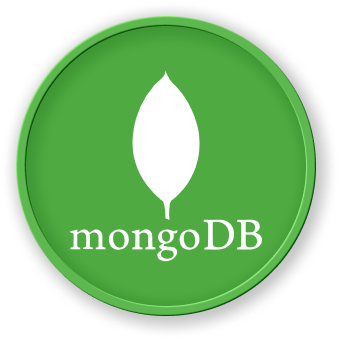Linux System Preparation
System Requirements
Before installing MongoDB Shell, ensure your Linux system meets the following requirements:
| Requirement |
Specification |
| Operating System |
Ubuntu 22.04 LTS (64-bit) |
| RAM |
Minimum 2 GB |
| Disk Space |
10 GB free space |
| Processor |
x86_64 architecture |
Preliminary System Update
Update your system packages to ensure compatibility and security:
sudo apt update
sudo apt upgrade -y
Install Required Dependencies
Install essential system dependencies:
sudo apt install -y wget curl software-properties-common gnupg
System Architecture Verification
graph TD
A[Linux System] --> B[Check Architecture]
B --> C{64-bit System?}
C -->|Yes| D[Proceed with Installation]
C -->|No| E[Unsupported System]
Verify System Architecture
Check your system's architecture:
arch
uname -m
Network Configuration
Ensure stable internet connection and proper DNS resolution:
ping -c 4 google.com
cat /etc/resolv.conf
Security Considerations
- Update firewall settings
- Configure network security
- Prepare for potential security challenges
LabEx Recommended Preparation
- Use a clean, dedicated environment
- Create a separate user for MongoDB management
- Backup existing system configurations
sudo apt install -y build-essential git
By following these preparation steps, you'll create a robust environment for MongoDB Shell installation on your Linux system, ensuring a smooth and secure setup process.

